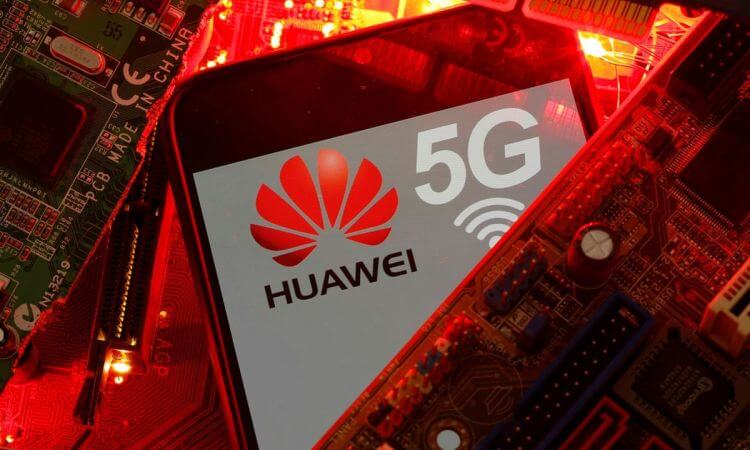Huawei says it has introduced ‘Key Architecture Index’ and shared its applications to drive 5G network acceleration.
The unveiling was part of activities at the recent online Internet Protocol Gala conference held with industry partners.
In a statement on Tuesday, Huawei explained that in the carrier environment, the IP network enabled fixed-mobile convergence, network evolution and the shift towards multi-services and the cloud era.
According to the company, most networks were built without adequate foresight, and next-generation networks, be they 3G, 4G or 5G, were built on top of existing networks, creating network complexities around lack of visibility, management and control.
“We have to forever simplify our networks while moving to intelligent self-driving autonomous networks,” said the Director of Huawei Southern Africa Marketing and Solution Sales Department, Samuel Chen, at the conference.
KAI specifically addresses complexity challenges, enabling future-ready networks with easy integration, visibility, management and control, by measuring five dimensions of the transport network..
“The KAI model helps measure the results at an acceptable level across all of our offering portfolio so that we can realise a cloud-native-based approach to monitoring the architecture,” said the Vice President, IOT & Telecom at IDC, Hugh Ujhazy.
General Manager of Network Planning at MTN South Africa, Zoltan Miklos, in a presentation, emphasised that it was critical to build networks with customer experience in mind.
“User experience is not only related to the wireless network, but to all aspects that form part of the service chain – from the customer to the core of the network,” Miklos said.
Huawei’s Vice President of Data Communication Product Line, Tony Hu, highlighted that a step-by-step approach was the right way for customers to embrace the evolution to KAI model.
“We need to think not just as box layers. We need to think about the system layers, the architecture layers,” said Hu. “We need to rethink how services will be running on future IP networks and how to evolve our current networks for the future.”
Hu said IP networks could evolve by evaluating the current network against the five KAI dimensions, adding that the KAI score obtained could then help the carrier to define the target network and the necessary corrective steps to be taken to get there.
Continuing, Ujhazy said inadequate levels of coverage or performance led customers to change providers while network excellence led to improved customer experience.
“In recent years, the transport network has become the deciding factor in the quality of customer experience,” Ujhazy added.
Get real time update about this post categories directly on your device, subscribe now.



